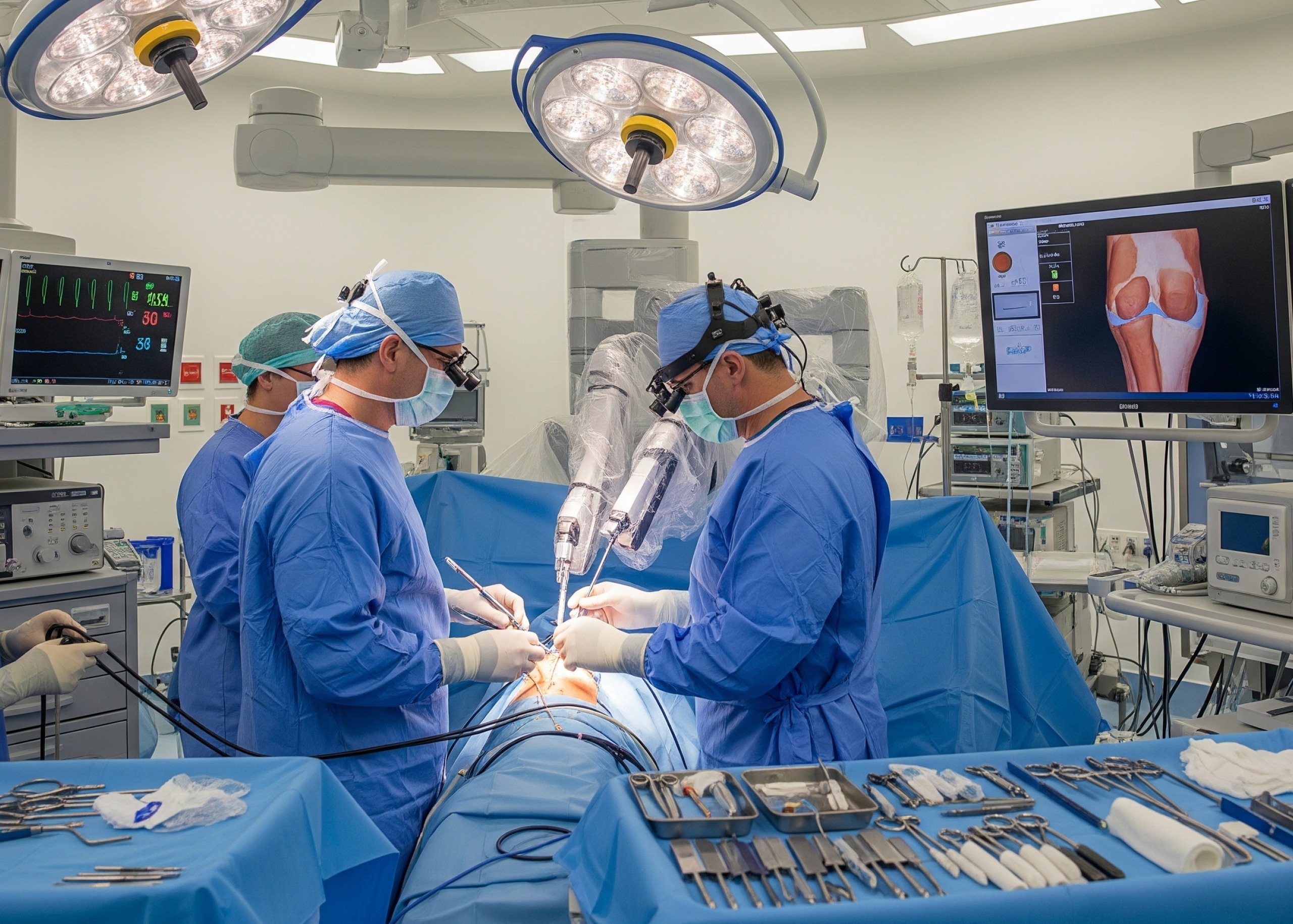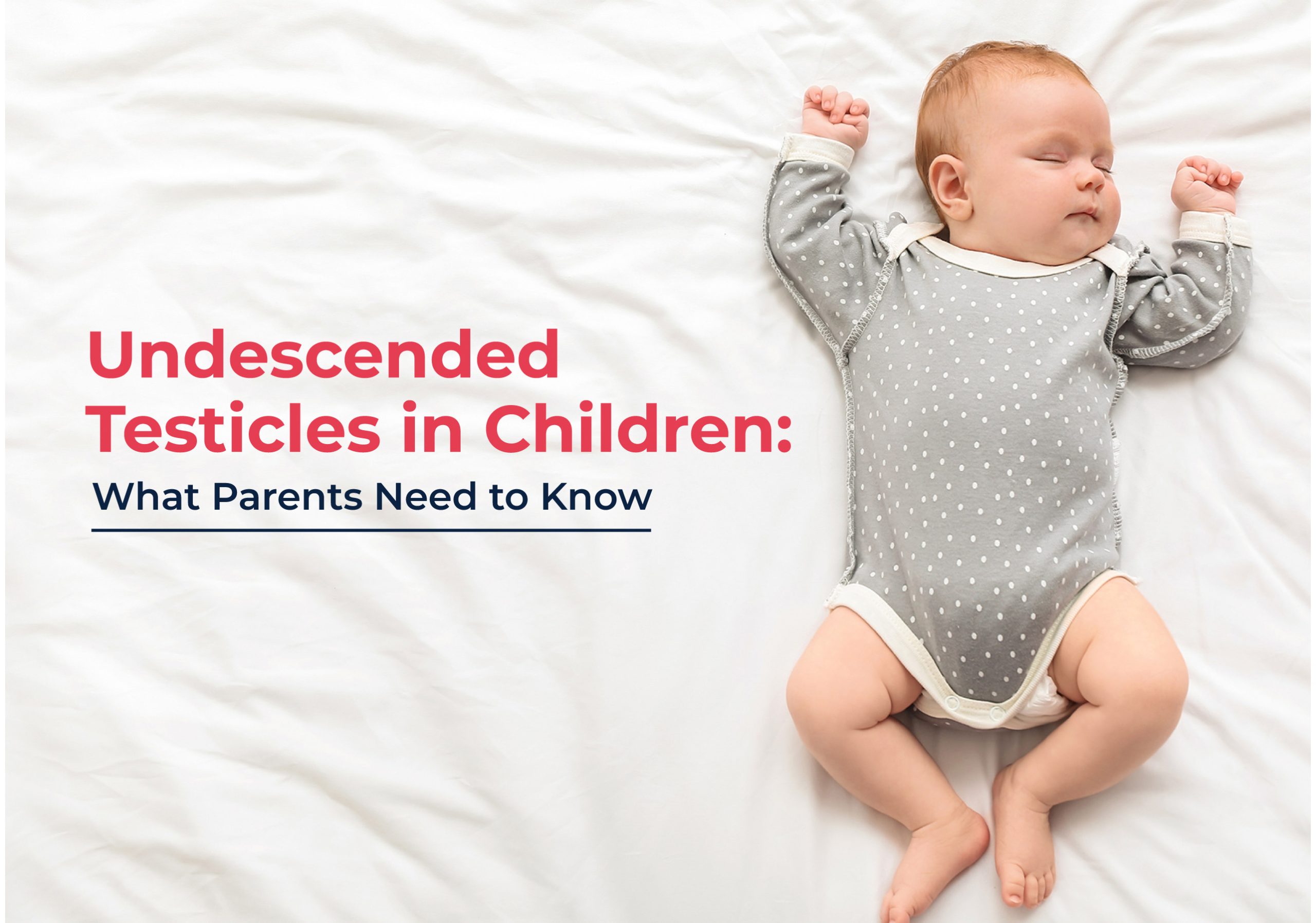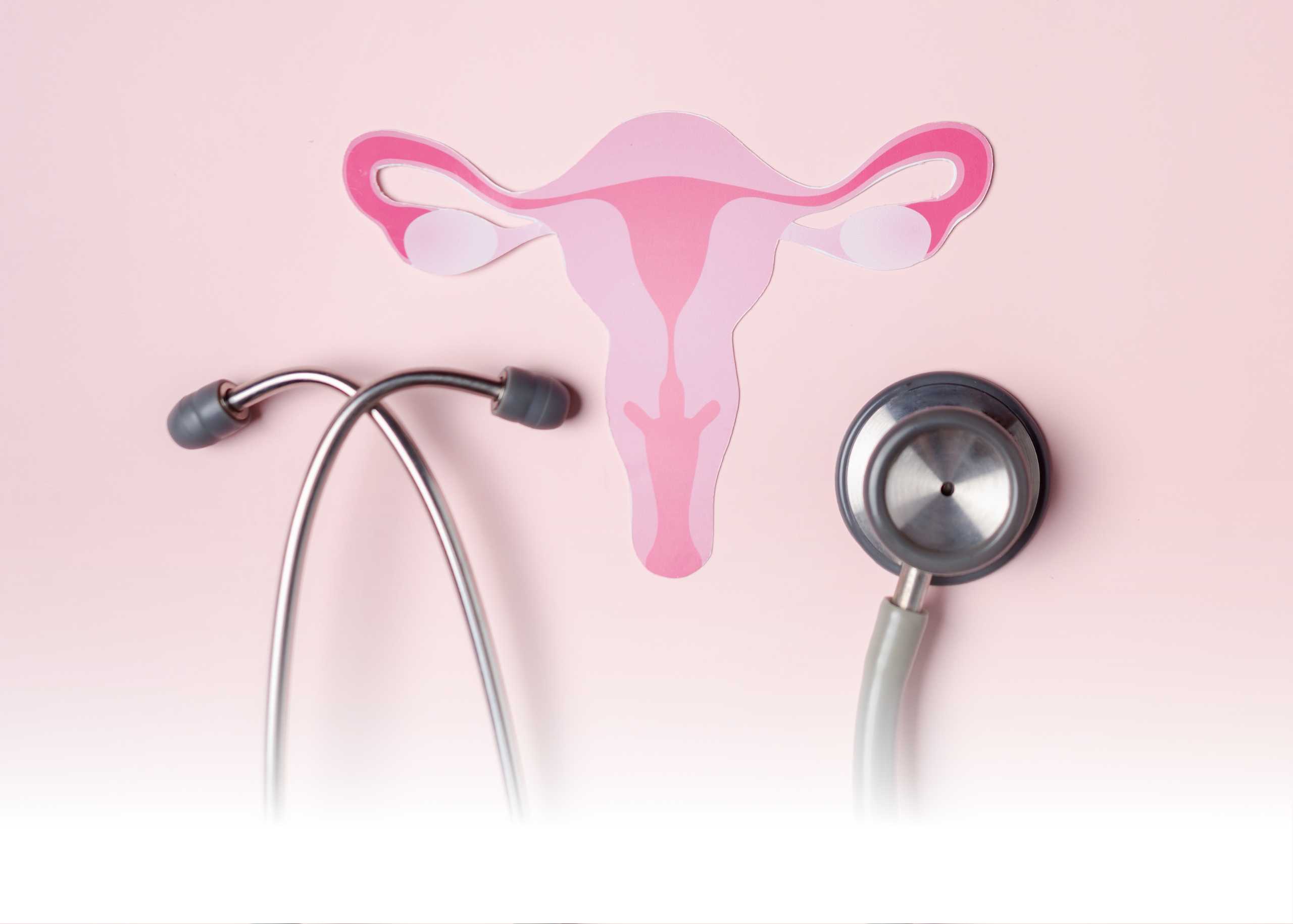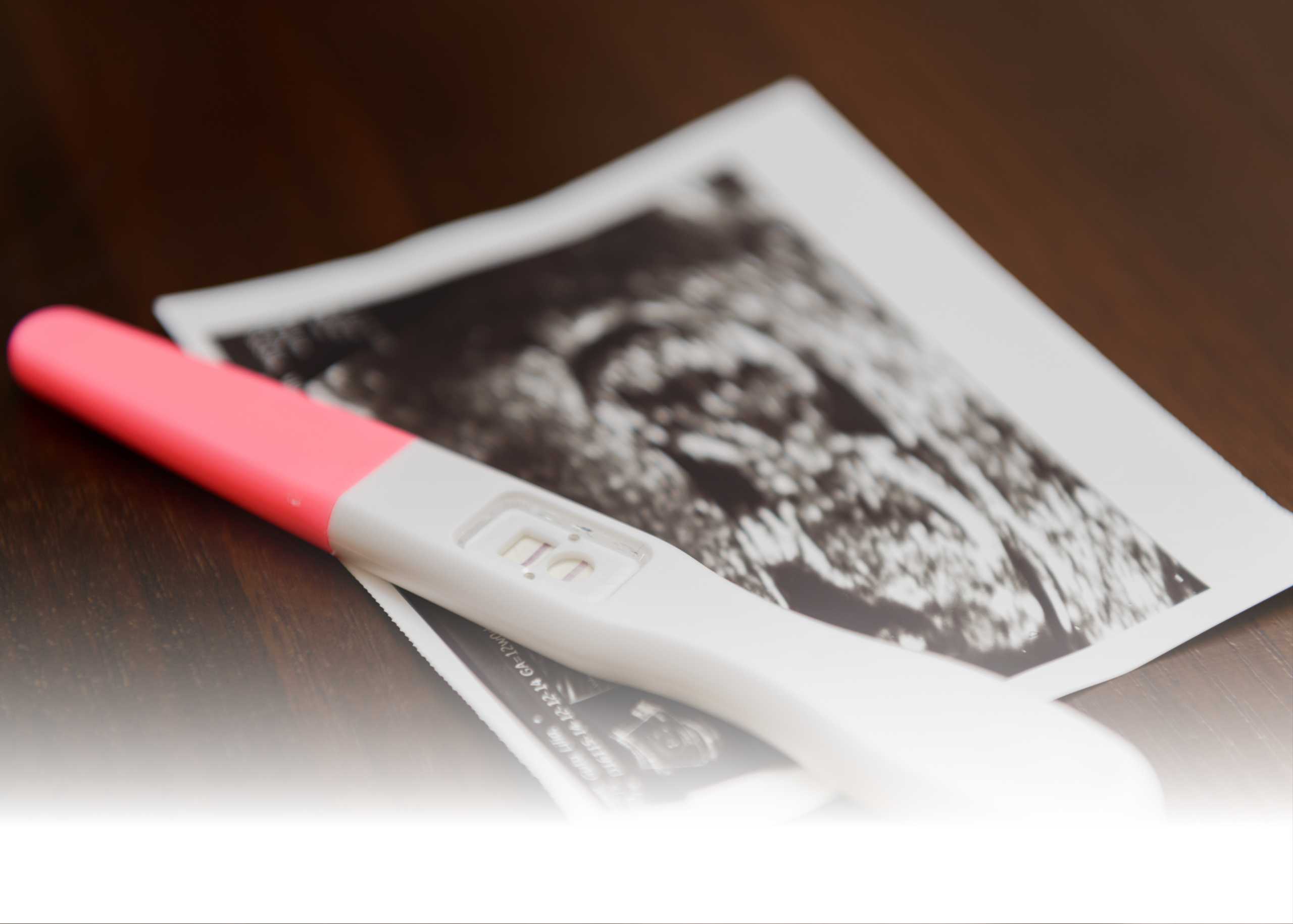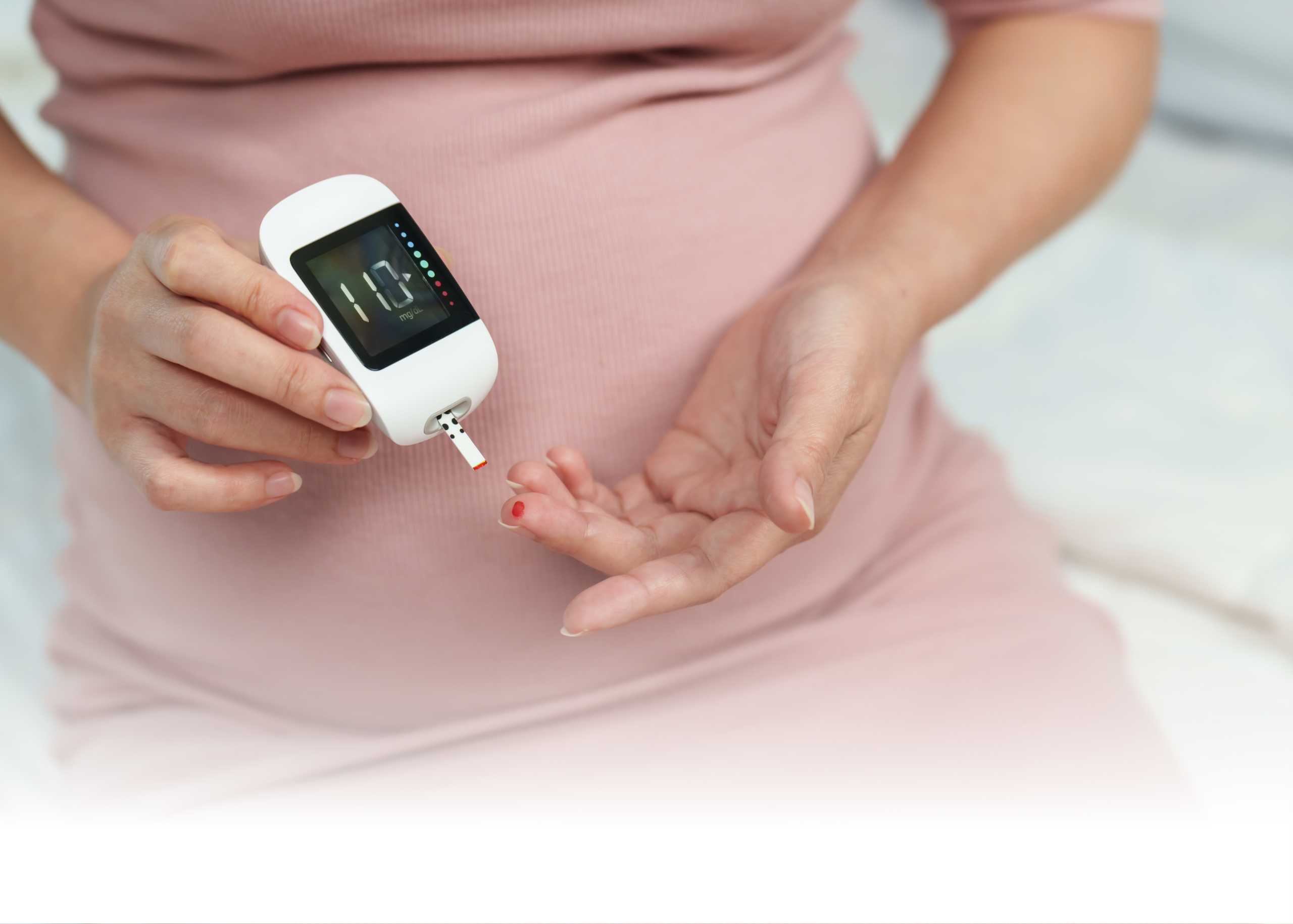Joint pain, stiffness, and mobility issues can severely affect your quality of life—whether caused by injury, age-related wear, or degenerative conditions. At Medeor Hospital Dubai, our Orthopedics & Joint Replacement Unit provides world-class surgical interventions and rehabilitation programs to help patients reclaim their movement, independence, and comfort.
With cutting-edge technology and a team of highly experienced orthopedic surgeons, we specialize in procedures such as Shoulder Arthroscopy, Total Knee Replacement, Total Hip Replacement, Knee Arthroscopic ACL Reconstruction, and Total Joint Replacement surgeries—all designed to restore function and relieve chronic pain.
Common Conditions That Require Surgical Intervention
You may be a candidate for orthopedic surgery if you suffer from:
- Osteoarthritis
- Rheumatoid arthritis
- Joint degeneration due to aging or overuse
- Sports injuries and ligament tears
- Fractures or dislocations
- Rotator cuff injuries
- ACL (anterior cruciate ligament) tears
- Hip dysplasia
- Post-traumatic arthritis
If conservative treatments such as physical therapy, injections, or medications haven’t worked, surgery may offer long-term relief and improved mobility.
Our Specialized Orthopedic Services
1. Shoulder Arthroscopy
Shoulder arthroscopy is a minimally invasive procedure used to diagnose and treat painful shoulder conditions such as:
- Rotator cuff tears
- Labral tears
- Shoulder impingement
- Frozen shoulder
- Recurrent shoulder dislocation
Benefits:
- Smaller incisions and faster recovery
- Less pain and scarring
- Early return to daily activities
- Precise visualization of shoulder anatomy
2. Total Hip Replacement
Total hip replacement involves removing damaged hip joint surfaces and replacing them with artificial components, often due to:
- Osteoarthritis
- Rheumatoid arthritis
- Hip fractures
- Avascular necrosis
Benefits:
- Significant pain relief
- Improved hip mobility and posture
- Long-lasting joint function
- Enhanced quality of life
At Medeor Hospital, we offer both cemented and uncemented hip implants, using the latest prosthetic designs and techniques to ensure optimal outcomes.
3. Total Knee Replacement
Total knee replacement (TKR) is recommended when knee joint damage—usually from osteoarthritis—leads to severe pain, stiffness, and reduced mobility. During this surgery, damaged cartilage and bone are replaced with a metal and plastic implant.
Benefits:
- Long-term relief from chronic knee pain
- Improved walking ability and knee function
- Greater joint stability
- Return to daily activities without assistive devices
Medeor’s surgeons use computer-assisted techniques to ensure precision and faster recovery.
4. Knee Arthroscopic ACL Reconstruction
ACL reconstruction is commonly performed after sports injuries or accidents that cause anterior cruciate ligament tears. Knee arthroscopy allows for a minimally invasive approach to repair or reconstruct the torn ACL using grafts.
Benefits:
- Restores knee stability and prevents further damage
- Minimally invasive with reduced recovery time
- High success rate for active individuals
- Essential for returning to athletic performance
5. Total Joint Replacement
Total joint replacement refers to the surgical replacement of damaged joints (commonly the knee, hip, or shoulder) with prosthetic components. It is considered when multiple joints are affected due to:
- Degenerative joint diseases
- Severe arthritis
- Congenital deformities
- Trauma
Benefits:
- Long-term joint function and mobility
- Customizable implants based on patient needs
- Reduction in pain and inflammation
- Increased independence in daily life
Why Choose Medeor Hospital Dubai for Orthopedic Surgery?
At Medeor Hospital Dubai, our Orthopedic Center of Excellence brings together world-class surgeons, advanced diagnostic tools, and personalized care—all under one roof.
Here’s what sets us apart:
- Expert Surgeons: Board-certified orthopedic specialists with global experience
- Advanced Technology: Navigation-assisted and minimally invasive procedures
- Multidisciplinary Support: Integrated care from physiotherapists, pain specialists, and rehabilitation experts
- Patient-Centered Care: Personalized surgical plans and post-operative rehabilitation
- State-of-the-Art Facility: Modern operation theaters and diagnostic imaging suites
Whether it’s a simple arthroscopy or a complex total joint replacement, our team is committed to helping you regain strength, function, and freedom of movement.
Recovery & Rehabilitation
Post-surgical recovery is key to a successful outcome. At Medeor, we provide:
- Tailored physical therapy plans
- Pain management strategies
- Nutritional and lifestyle guidance
- Long-term follow-up care
Our goal is to ensure patients regain mobility, confidence, and function as quickly and safely as possible.
Conclusion: Take the First Step Toward Pain-Free Living
Pain doesn’t have to be a lifelong companion. With modern orthopedic solutions at Medeor Hospital Dubai, patients are returning to work, sports, and the joys of everyday movement—stronger than ever.
Whether you’re struggling with a worn-out knee, a torn ligament, or severe shoulder pain, our team is here to guide you every step of the way—from diagnosis to recovery.
Call 80055 or
Visit www.medeor.ae to book a consultation with our orthopedic experts.

